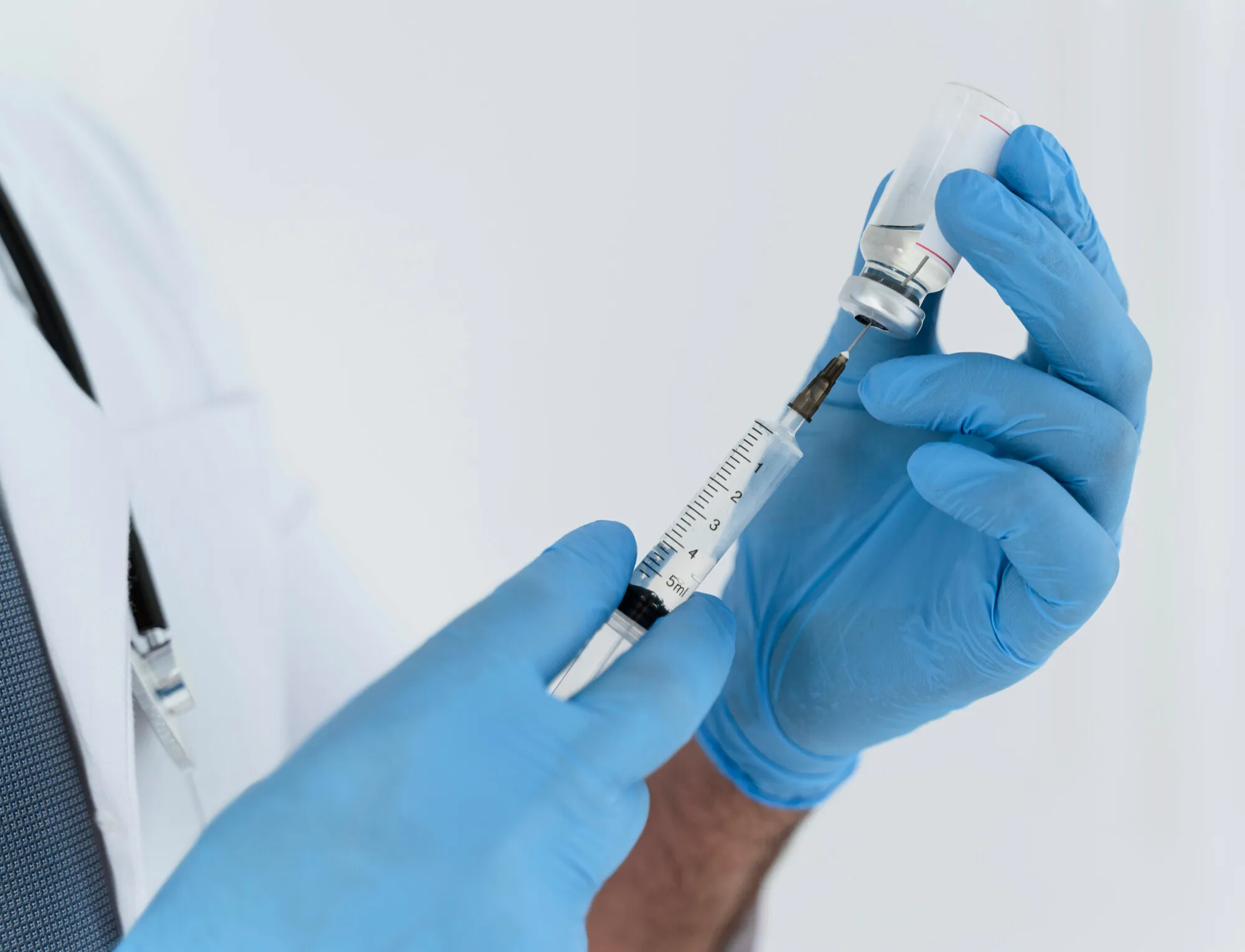Scientists hailing from the Shaanxi Provincial Key Laboratory of Papermaking Technology and Specialty Paper Development at Shaanxi University of Science and Technology in China, along with a collaborator from the “Petru Poni” Institute of Macromolecular Chemistry of the Romanian Academy, are heralding a significant advancement in the realm of drug delivery systems. Their groundbreaking research, published in the Carbohydrate Polymers journal, focuses on a new class of hydrogels exhibiting rapid self-healing and injectable properties, which present a leap forward in controlled drug release technology.
Rapid Self-Healing Carboxymethyl Chitosan/Hyaluronic Acid Hydrogels
The study outlines the synthesis of these novel hydrogels using quaternized carboxymethyl chitosan (QCMCS), oxidized hyaluronic acid (OHA), and 3,3′-dithiobis-(propionohydrazide) (DTP) as key materials. In a world where polysaccharide-based materials often take the spotlight for their biocompatibility and functional versatility, this new class of hydrogels is prepared using a simplistic “one-pot” method that does not rely on external stimuli. Instead, the formation of dynamic covalent bonds, including imine bonds, acylhydrazone bonds, disulfide bonds, and hydrogen bonds, underpins the gel’s structure, giving it an impressive self-healing ability.
Beyond the science, the positive impact of these hydrogels lies in their self-healing properties, boasting a remarkable 96% recovery rate within just 30 minutes. The interactions within the gel enabling this rapid recovery display immense potential for various biomedical applications, especially considering the gel’s promising pH sensitivity and outstanding cytocompatibility, with an up to 98% cell survival rate observed. Such traits make the hydrogels suitable candidates for use within biological environments.
Innovations in Drug Delivery
The standout achievement from this research is the efficient manner in which the hydrogels can serve as carriers for drug release. The study demonstrated the compressive stress of the hydrogels reaching up to 423 kPa, indicating not just the resilience but the practical applicability of the material under various conditions. Moreover, their remarkable ability to sustain the release of a representative drug, acetylsalicylic acid, over 72 hours, lays the foundation for a new generation of drug delivery platforms. The drug release behavior aligns with the Fick diffusion mechanism, as corroborated by kinetic modeling, cementing the reliability of these hydrogels in predictable and controllable medication administration.
Impacts and Future Directions
This discovery offers a tantalizing glimpse into the future of drug delivery, where smart materials empower health providers and patients with more efficient and responsive medication regimes. The hydrogels’ injectable nature ensures minimal invasiveness, paving the way for enhanced patient comfort and compliance. Such innovation is not merely an incremental step but a transformative shift in how we might approach healthcare treatments, particularly for chronic conditions requiring sustained drug administration.
What remains to be seen is how these hydrogels will fare in clinical trials and under the vigilant scrutiny of regulatory bodies. The cogs of change turn slowly in the healthcare industry, yet this research provides solid footing for subsequent studies and potential commercial exploration.
Concluding Remarks
The investigative team, including Zhang Fengjiao, Zhang Sufeng, Cui Shuyuan, Jing Xiaokai, Feng Yao, and Sergiu Coseri, has undoubtedly etched their work into the annals of pharmaceutical sciences. The researchers declare they have no competing interests, which bolsters the credibility of this study. With DOI: 10.1016/j.carbpol.2023.121707, this work serves as a beacon of innovation for those in the field and a promising development for patients worldwide.
As the scientific community reflects on these findings, this emerging technology signals a new horizon in patient care—with the promise of delivering treatments that are as resilient and responsive as the human spirit itself.
References
1. Zhang, F., Zhang, S., Cui, S., Jing, X., Feng, Y., & Coseri, S. (2024). Rapid self-healing carboxymethyl chitosan/hyaluronic acid hydrogels with injectable ability for drug delivery. Carbohydrate Polymers, 328, 121707. DOI: 10.1016/j.carbpol.2023.121707.
2. Annabi, N., Tamayol, A., Uquillas, J. A., Akbari, M., Bertassoni, L. E., Cha, C., … & Khademhosseini, A. (2014). 25th anniversary article: Rational design and applications of hydrogels in regenerative medicine. Advanced Materials, 26(1), 85-123.
3. Lee, K. Y., & Mooney, D. J. (2001). Hydrogels for tissue engineering. Chemical Reviews, 101(7), 1869-1879.
4. Hoare, T. R., & Kohane, D. S. (2008). Hydrogels in drug delivery: Progress and challenges. Polymer, 49(8), 1993-2007.
5. Peppas, N. A., Hilt, J. Z., Khademhosseini, A., & Langer, R. (2006). Hydrogels in biology and medicine: From molecular principles to bionanotechnology. Advanced Materials, 18(11), 1345-1360.
Keywords
1. Carboxymethyl Chitosan
2. Hyaluronic Acid Hydrogels
3. Self-Healing Hydrogels
4. Injectable Drug Delivery
5. Sustained Release Technology
